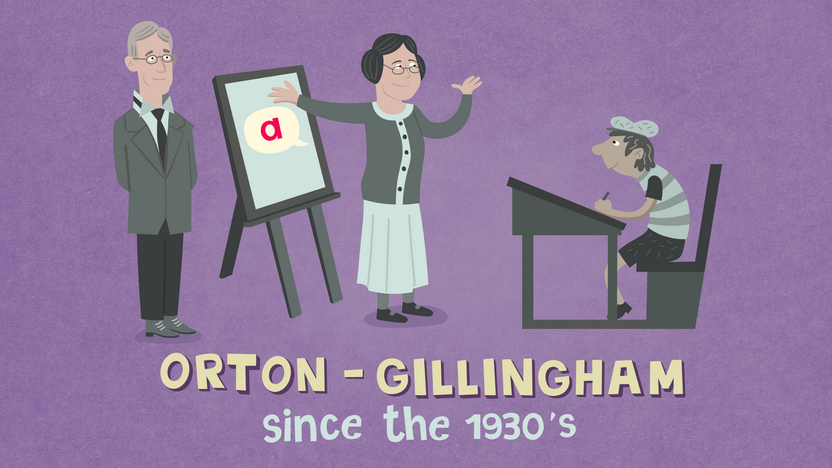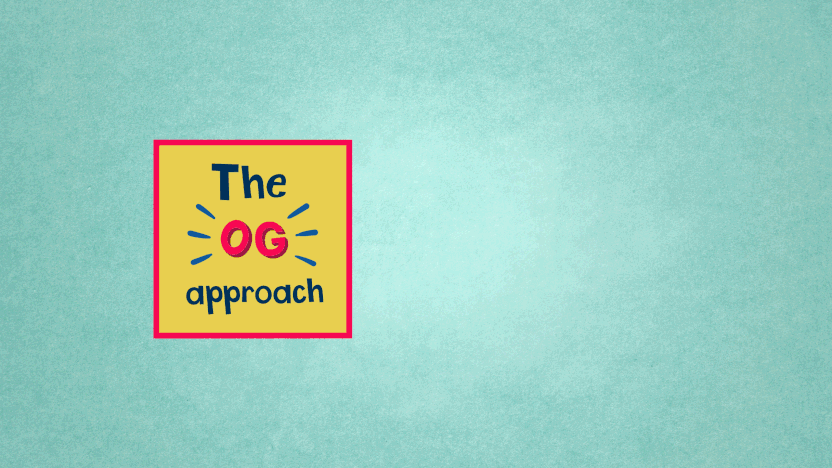Structured Literacy and Orton Gillingham
Orton–Gillingham, or OG, was the first teaching approach specifically designed to help struggling readers, by explicitly teaching the connections between letters, and sounds. It has been used to teach children with dyslexia since the 1930s, and underpins todays science-based methodology.

The OG approach is systematic, structured, cumulative and prescriptive. OG breaks language down into the smallest parts, and makes sure children have an understanding. Then it shows them how to build the sounds back up again into words. Children move from one step to the next as they master each level of language skills.
The OG approach and Science of Reading methodology has now developed into Structured Literacy by the International Dyslexia Association (IDA). Structured Literacy means evidence-based programs and approaches that are aligned to the IDA Knowledge and Practice Standards.

The International Dyslexia Association (IDA) Knowledge and Practice Standards for the Teaching of Reading define Structured Literacy as:
"This approach is characterized by the provision of systematic, explicit instruction that integrates listening, speaking, reading, and writing and emphasizes the structure of language across the speech sound system (phonology), the writing system (orthography), the structure of sentences (syntax), the meaningful parts of words (morphology), the relationships among words (semantics), and the organisation of spoken and written discourse." (1)
What is an effective Structured Literacy intervention?
A Structured Literacy approach will explicitly guide a child through the process of the mechanics of reading - sound-letter correspondences, decoding, synthesizing, word recognition, fluency, vocabulary, spelling using phoneme-grapheme correspondence, resulting in comprehension. Once a student fully understands how to use the code, he or she will be on the path to becoming a competent reader.
(1) Knowledge and Practise Standards for Teachers of Reading, IDA, 2018
